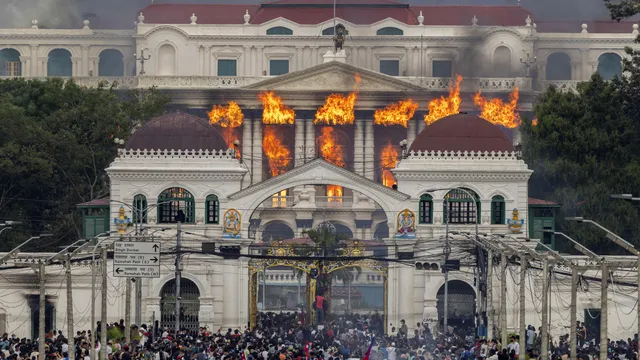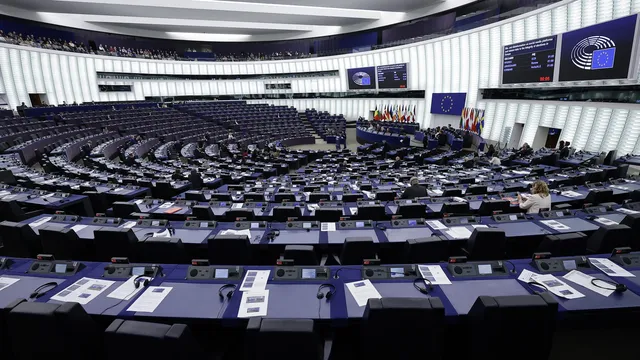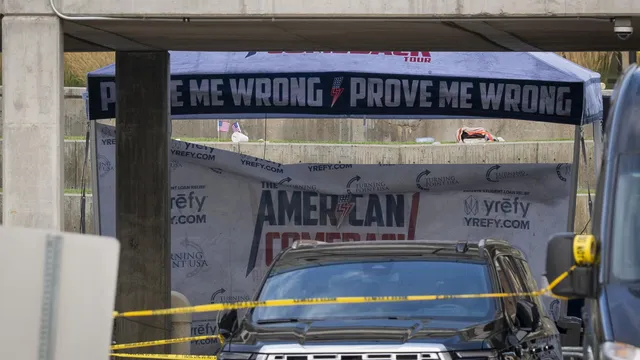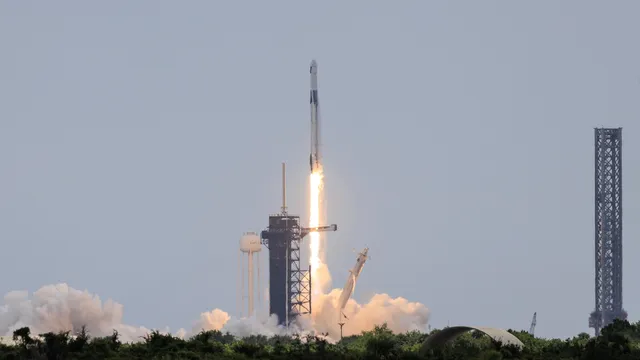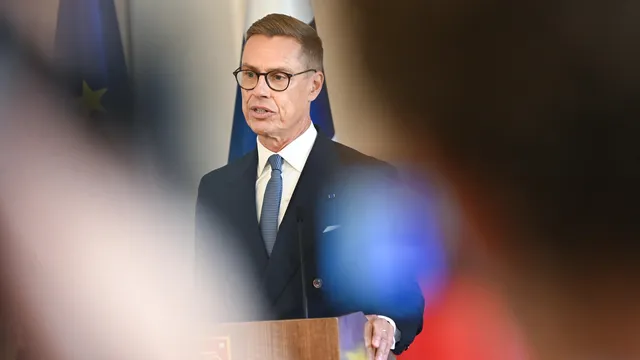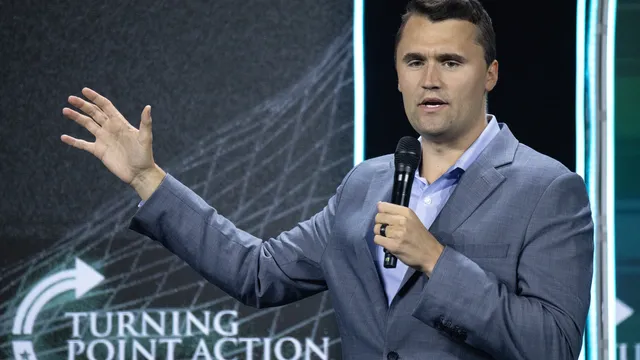Shaken by deadly protests that toppled the long-serving prime minister and set fire to parliament, Nepal faces the urgent question of who will fill the political vacuum, AFP reported.
In the short term, the army has taken control of the country, which has a population of 30 million, after demonstrations escalated. Chief of the Nepalese Army, General Ashok Raj Sigdel, met with key figures and “representatives of Generation Z,” a military spokesperson said, without providing further details. Analysts, however, warn that finding a “transitional government” with legitimacy among ordinary Nepalese, especially the disillusioned youth, may prove difficult.
Former Supreme Court Justice Sushila Karki, 73, whom many point to as a potential interim leader, stated that talks between political parties are crucial. “Experts need to come together to find a way forward. The parliament still exists,” Karki emphasized.
By constitution, President Ramchandra Paudel, 80, whose functions are largely ceremonial, is supposed to invite the leader of the largest parliamentary party to form a government. But much of the old political elite has disappeared from the public sphere. “The anger far exceeds the prime minister and is directed at the entire political class,” commented analyst Ashish Pradhan from Crisis Group.
Nepal became a federal republic in 2008, after a ten-year civil war ended with a peace agreement integrating former Maoist insurgents into governance. The last parliamentary elections were held in 2022.
Young Nepalese, pressured by unemployment and limited opportunities, have reached a breaking point. They rose up against the ruling class, which they perceive as out of touch and corrupt. The protests erupted in response to a short-lived social media ban by the government, which mobilized thousands of young demonstrators.
Among the figures influential with the younger generation are Balendra Shah, a 35-year-old rapper turned engineer who was elected mayor of Kathmandu in 2022, and Sudan Gurung, leader of the youth organization Hami Nepal. Former Supreme Court Justice Karki is also respected. The youth insist they had nothing to do with the extreme violence on Tuesday, when government buildings and high-rise structures were set on fire.
Veteran Communist Party leader K.P. Sharma Oli, 73, a four-time prime minister, resigned under pressure from the protests and is currently missing. His former coalition partner Sher Bahadur Deuba of the Nepali Congress, a five-time prime minister, has also not been seen since the unrest began.
The Nepalese monarchy ended in 2008, when Gyanendra Shah was removed from power, ending 240 years of royal rule. In recent years, public support for the former king has grown, alongside rising discontent with politicians. Despite the rapid political upheaval, his return is considered unlikely. “Restoring the monarchy — even in a ceremonial role — would pose a serious risk of reverting to authoritarian rule,” Crisis Group warned. | BGNES

 Breaking news
Breaking news
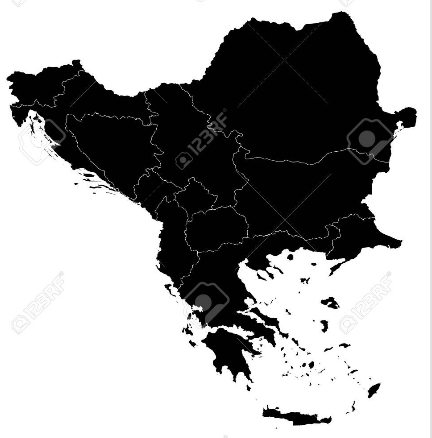 Europe
Europe
 Bulgaria
Bulgaria
